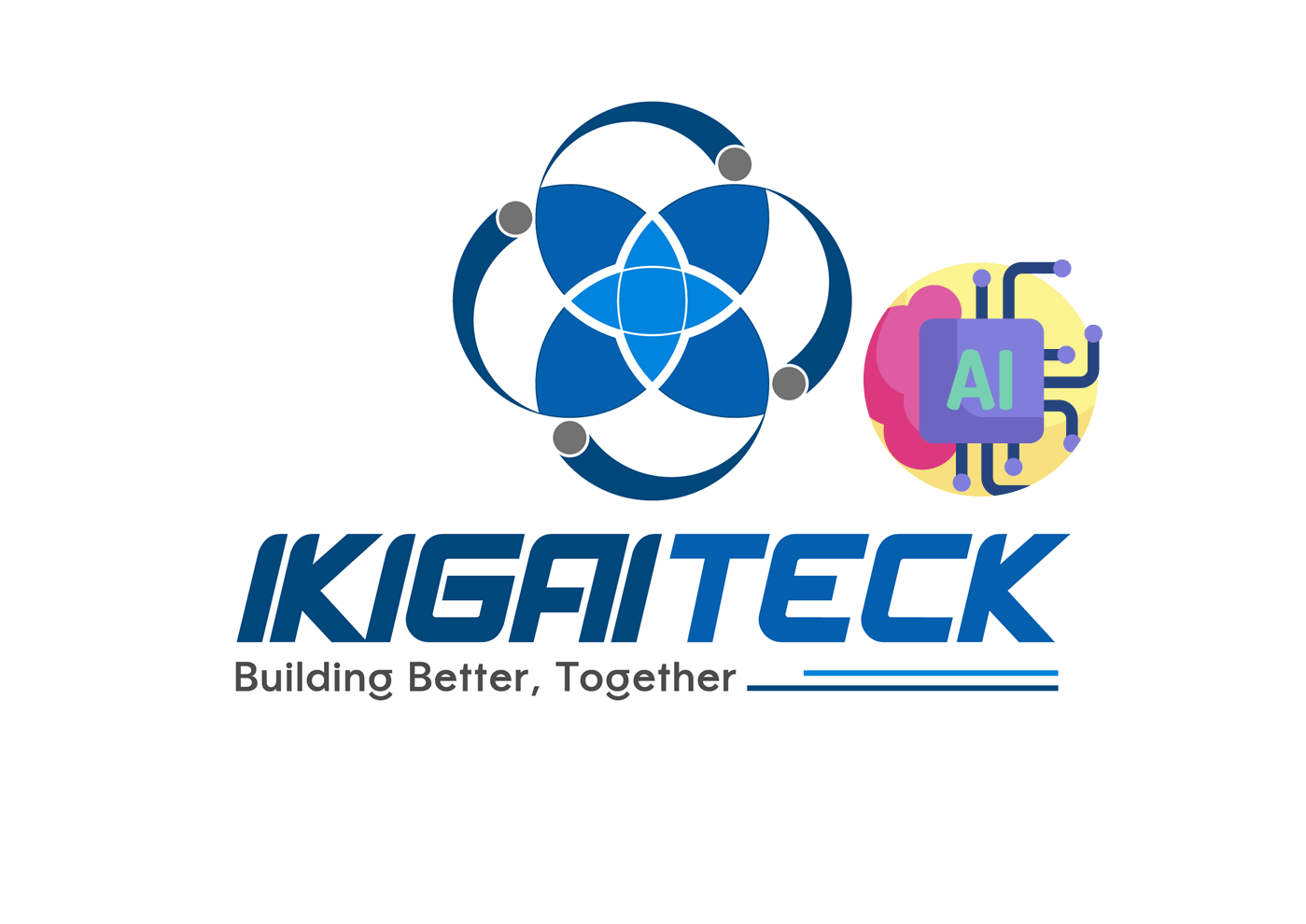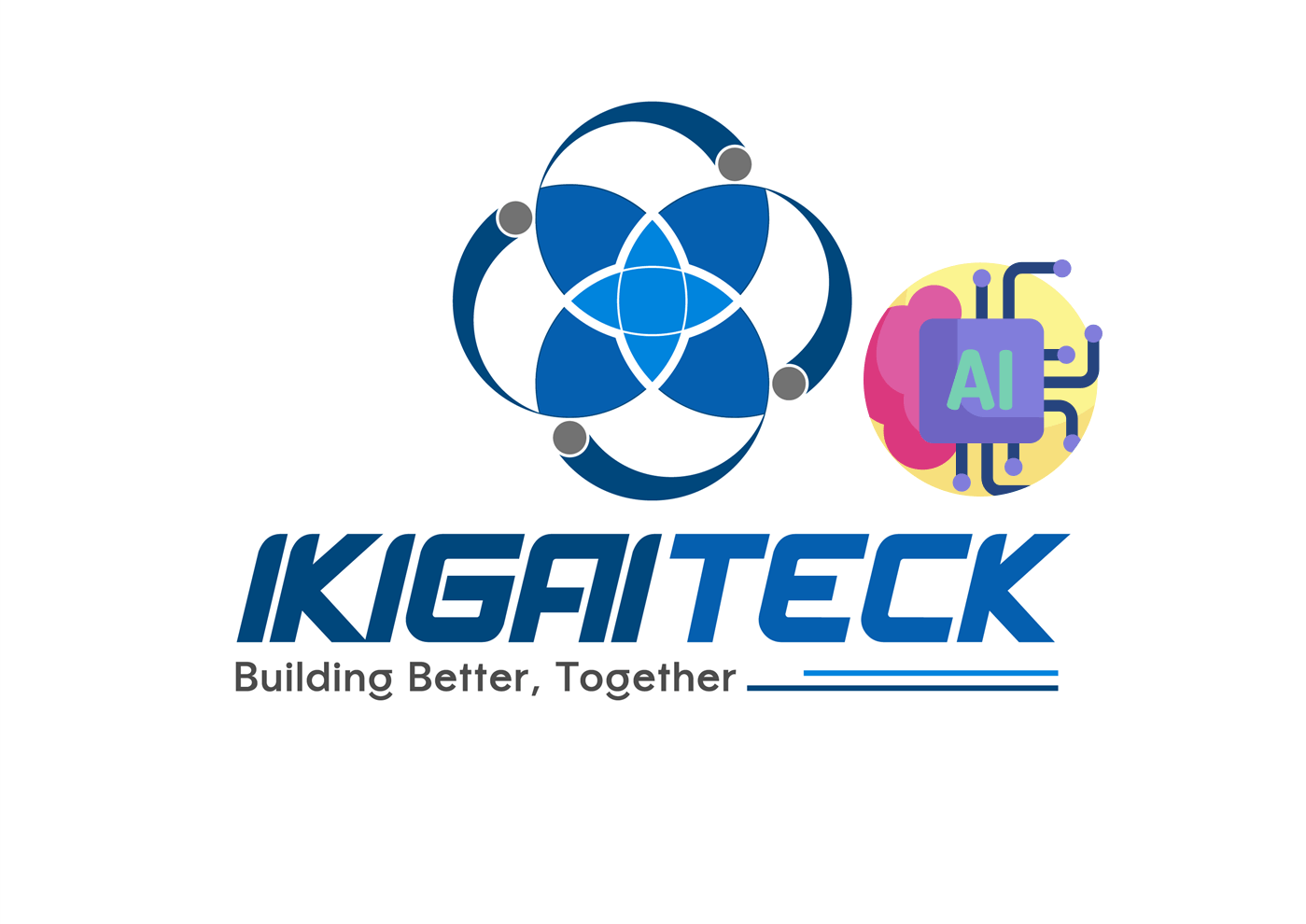Automating Contract Creation with Make: What You Can Do in 2025
Creating contracts might seem simple at first. But when your team handles dozens every month, the repetitive steps start piling up: copying templates, filling in names and figures, saving the files, sending them for signatures, then uploading and linking them back to the CRM.
This process is not just time-consuming—it’s also prone to errors. A small mistake in a contract can cost both money and trust.
That’s why more businesses in 2025 are turning to Make: a no-code automation platform that helps you streamline the entire contract creation process without replacing your current tools.

Why Automate Contract Workflows?
In many organizations, 90% of revenue comes from contracts, yet the contract process often remains manual and inefficient. According to industry estimates, companies lose up to 9% of annual revenue due to poor contract management.
Automating contract workflows brings significant benefits:
Faster processing time
Reduced errors and manual work
Greater visibility and traceability
Improved collaboration across teams
And with Make, you don’t need to code or hire developers to make it happen.
How Make Works for Contract Automation
Imagine this real-world scenario: Your sales rep closes a deal in your CRM (e.g., Pipedrive or HubSpot). Instantly, Make triggers a workflow that:
Pulls deal data from the CRM
Fills in a Google Docs template with customer details
Generates a ready-to-sign contract
Saves the contract in a dedicated Google Drive folder
Updates the CRM with the contract link and status
Optionally sends the contract to an e-signature tool
Notifies your team via Gmail or Slack
This all happens automatically—no manual copy-pasting or email follow-ups needed.
Step-by-Step Setup Guide
Step 1: Prepare your CRM Make sure your CRM includes all necessary contract fields (client name, services, fees, terms, etc.).

Step 2: Create a Google Docs template Use placeholders like {{client_name}} or {{contract_value}} in a standard contract template.

Step 3: Set up your Make scenario Trigger the flow when a deal is marked "Won" in your CRM.

Step 4: Connect modules
Google Docs: auto-generate document from template
Google Drive: save file with dynamic naming
CRM: update deal with contract link and metadata
Optional: DocuSign or PandaDoc for e-signature
Optional: Gmail or Slack for team notifications

Step 5: Test and activate Run test scenarios with dummy data to ensure everything works as intended. Then activate your automation.
2025 Updates: Make Grid and Agent.AI
Make is evolving quickly. Two major updates in 2025 make contract automation even more powerful:
Make Grid gives you a live visual map of your automation scenario. You can now trace each step of your workflow, identify errors quickly, and manage complexity with ease.
Agent.AI Integration lets you embed intelligent agents into your scenario. These agents can summarize contract terms, verify clauses, translate content, or enrich data—all inside the same flow.
Together, these features make your contract process smarter, faster, and easier to maintain.
Use Cases You Can Start With
Sales: Auto-generate contracts when deals are won
HR: Create and send offer letters for new hires
Legal: Assemble NDAs or service agreements on demand
Procurement: Draft vendor contracts from intake forms
Apps You Can Integrate
CRM: Pipedrive, HubSpot, Salesforce
Docs: Google Docs, Microsoft Word (via templates)
Storage: Google Drive, Dropbox
Signature: DocuSign, PandaDoc, eSignatures.io
Notifications: Gmail, Slack, Telegram
Forms: Typeform, Google Forms
Templates to Get Started Faster
Make offers ready-to-use templates for:
Generating contracts from HubSpot or Pipedrive
Sending contracts to e-signature platforms
Tracking signed contracts back in your CRM
You can use them as-is or customize them to match your business logic.
Final Thoughts
Contract automation isn’t just for legal teams or enterprises. It’s for any team that wants to save time, reduce manual work, and ensure consistency across every document.
Whether you’re a startup, a growing agency, or an HR team with frequent hiring, Make gives you the tools to transform your contract workflows—without hiring developers or switching platforms.
Ready to simplify your contracts?
👉 Try Make for free and build your first automated contract scenario today.
(Some links on our site may be affiliate, meaning we may earn a small commission at no extra cost to you.)
Subscribe now !
Be the first to explore smart tech ideas, AI trends, and practical tools – all sent straight to your inbox from IkigaiTeck Hub
IkigaiTeck.io is an independent tech publication sharing practical insights on AI, automation, and digital tools.



